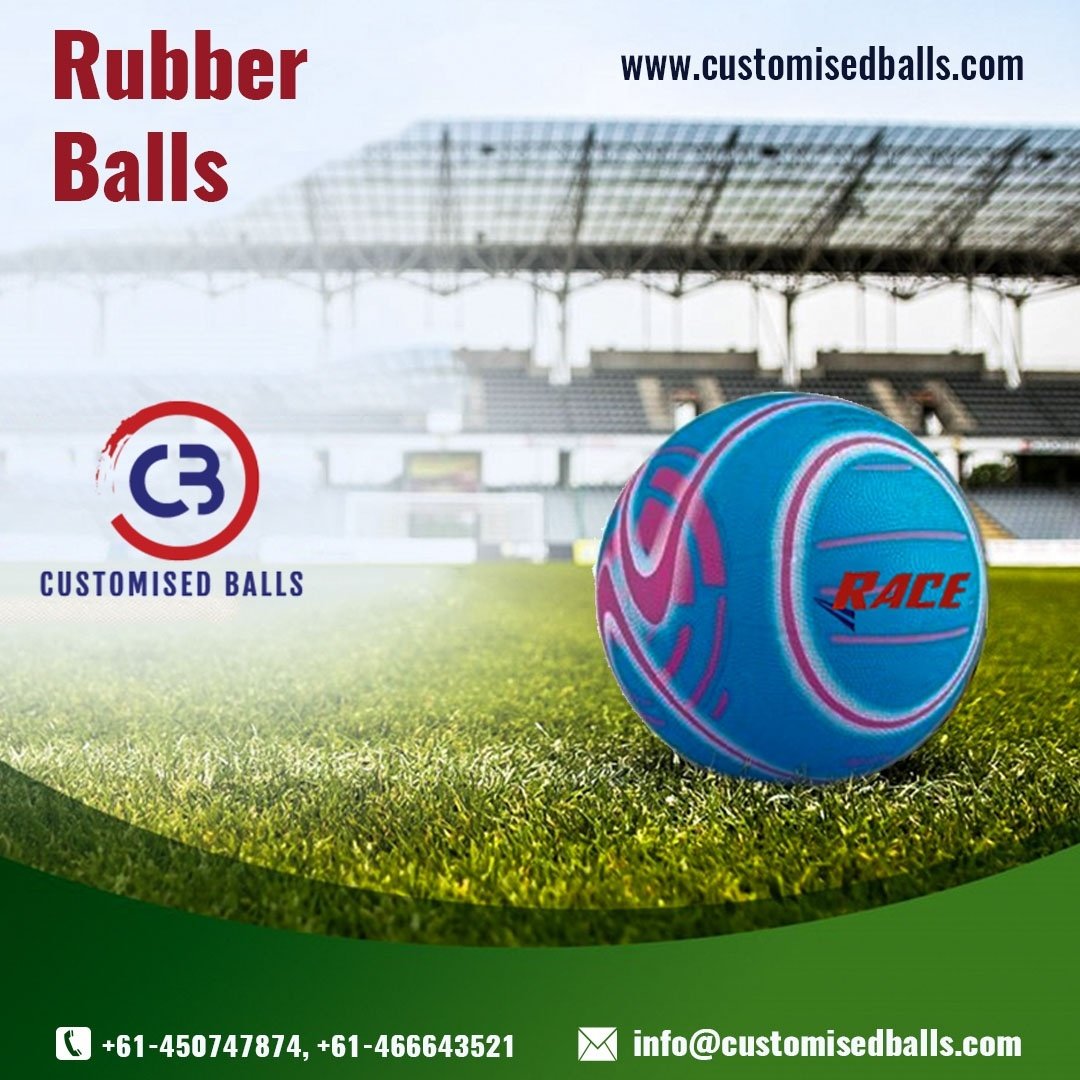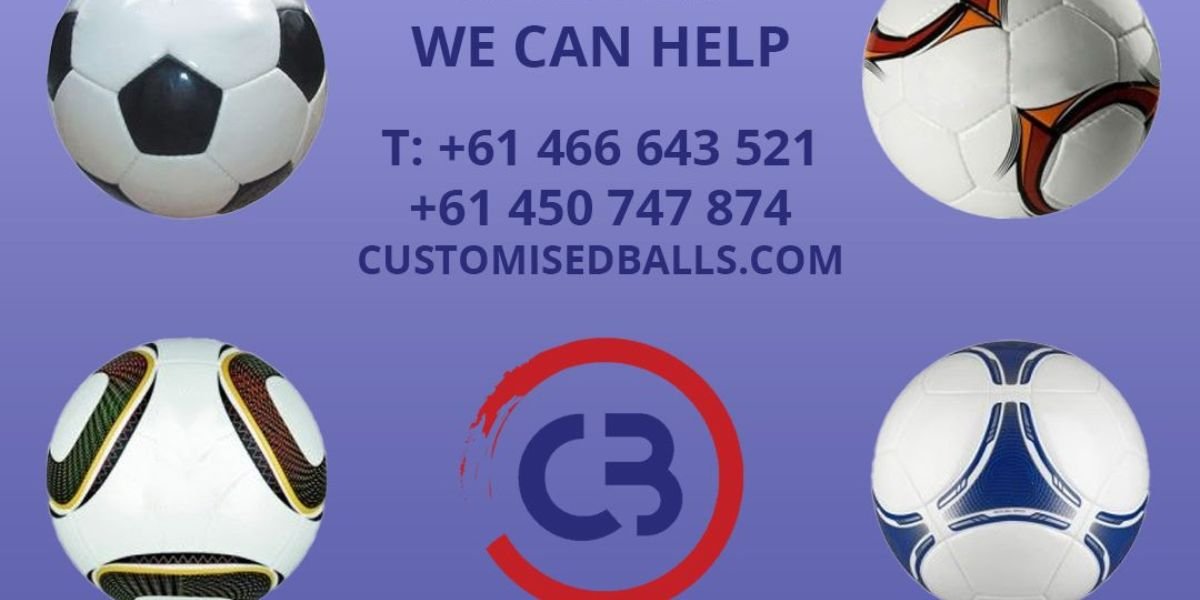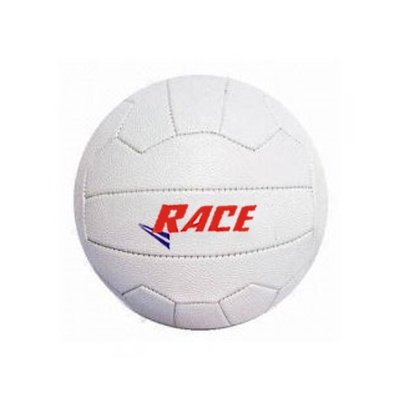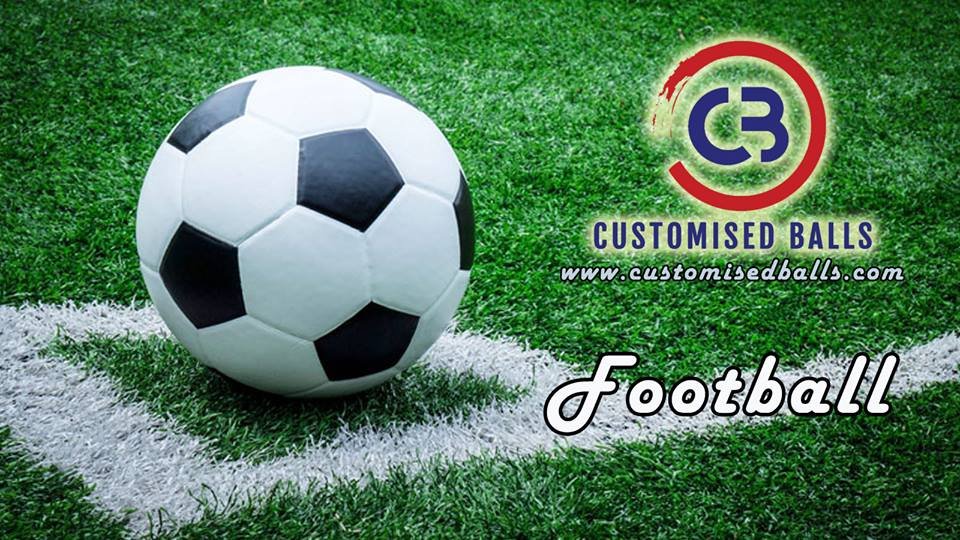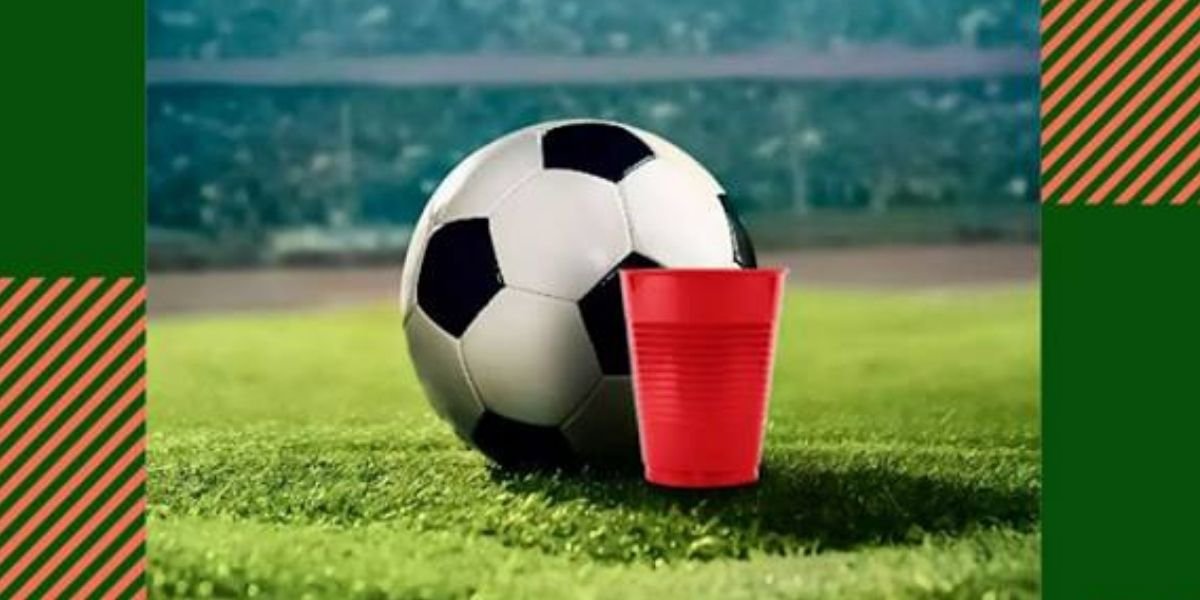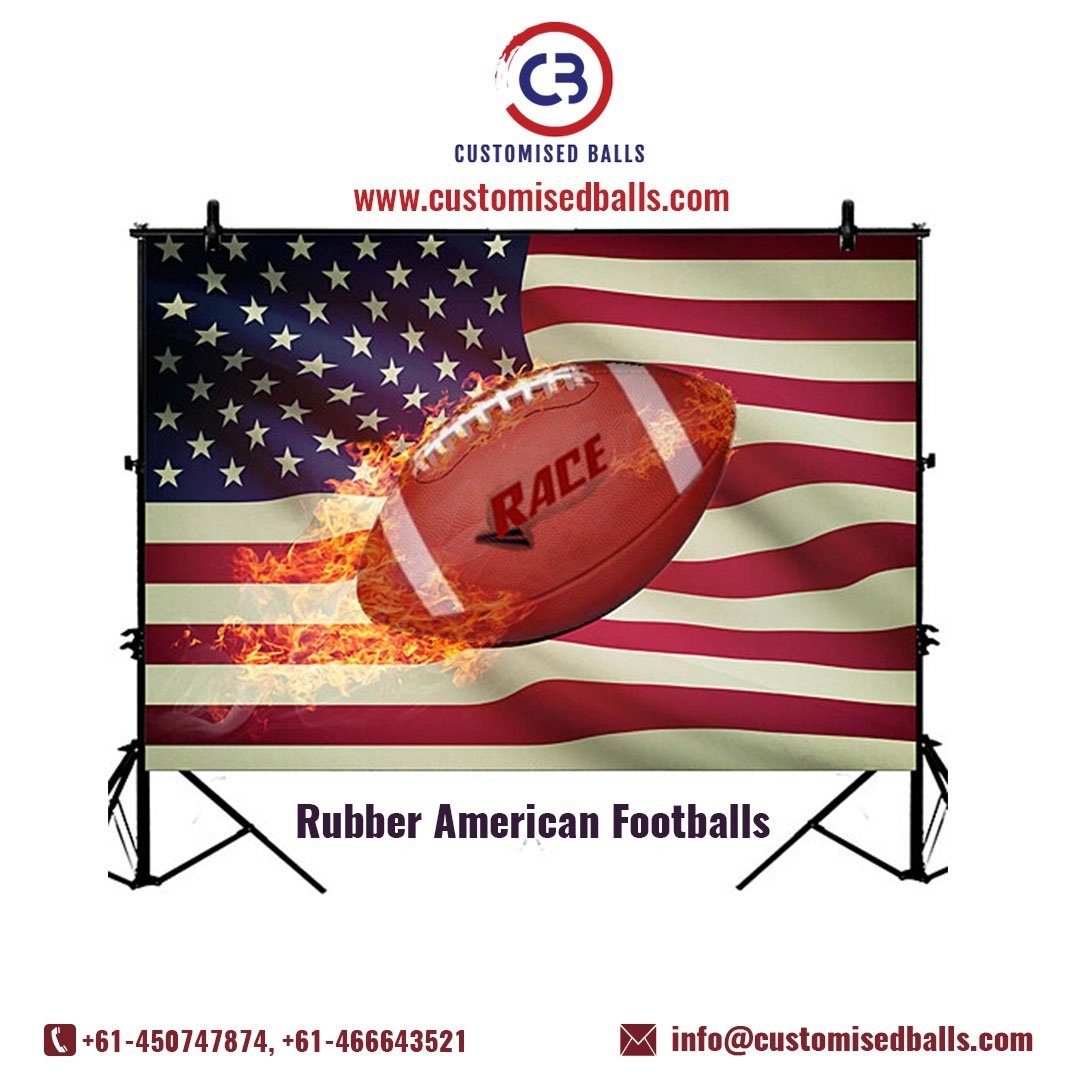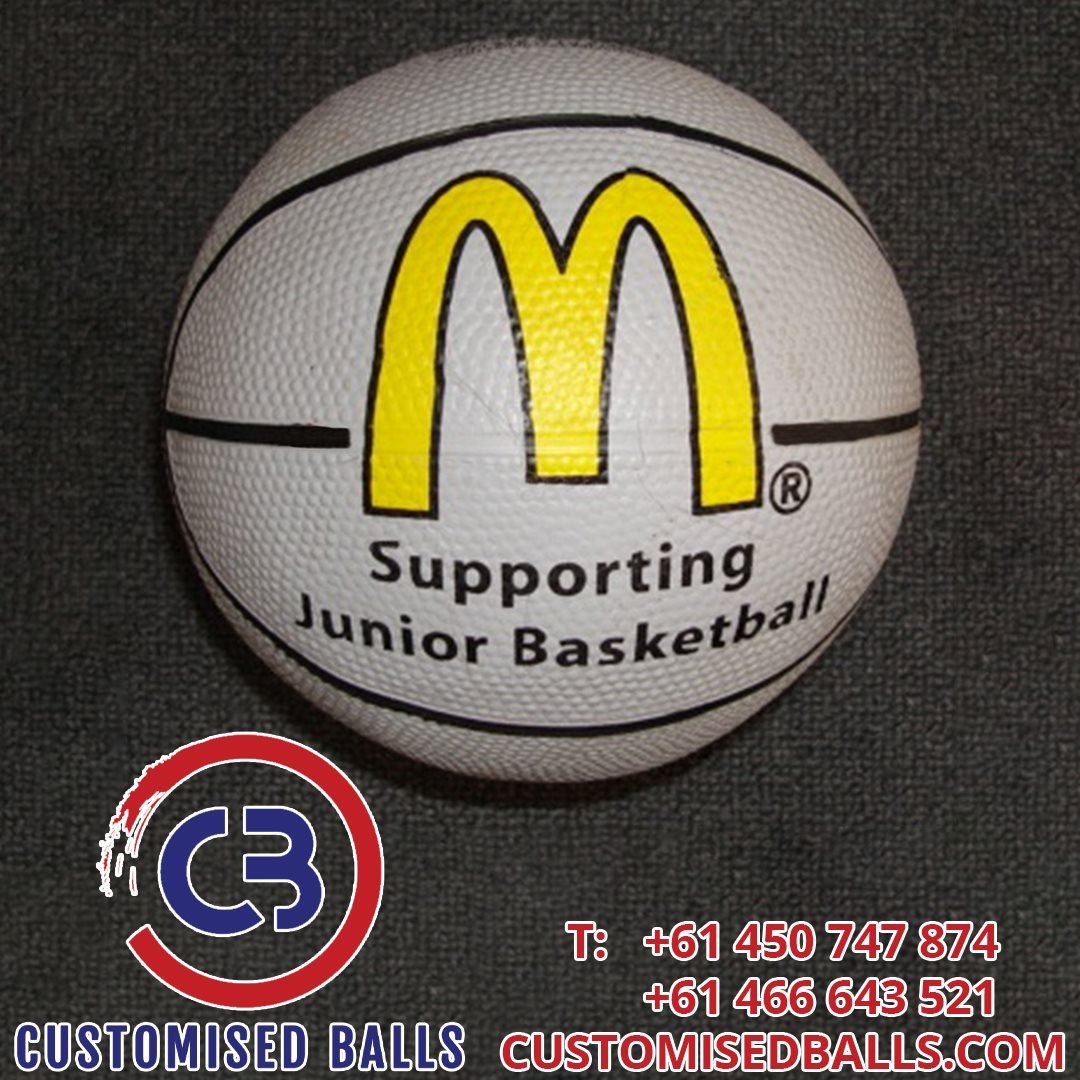There are many options for soccer balls, including different sizes and quality. It can be difficult to decide which soccer ball is best for you. You can still pick easily if you know your needs. Do you play soccer professionally or for amateur purposes? This is the most important question you should ask before buying a soccer ball.
This Guide will help you Choose the Custom Soccer Balls.
- Size
Players' ages affect the size of a
Custom Soccer Balls. There are four main sizes of soccer ball that you can purchase for different age groups, even though this might change depending on the match or situation. These are the sizes of soccer balls according to age:
Size 1: Also known as mini-soccer balls or soccer balls, the size 1 ball is for recreational use, footwork, decoration, and play soccer. The ball measures approximately 18 to 20 inches.
Size 2: A size 2 soccer ball is similar to the size 1. It can be used for both exercise and decorative purposes. It is 20-22 inches in average.
Size 3: This size is suitable for players aged under 8. It measures 23 to 24 inches. It is also the smallest soccer ball that can be used in official matches.
Size 4: This soccer ball is between 8-12 years old. It also has 25-26 inches.
Size 5: The size 5 soccer ball has the largest diameter, measuring between 27 and 25 inches.
- Materials
The four main components of soccer balls are the bladder, casing, stitching and lining. These materials will help you choose the best soccer ball. Each can be made from different materials because they offer different options. What does this mean?
The casing, also known as a cover or synthetic leather, is made of PVC (polyvinylchloride) or PU (polyurethane). PVC soccer balls can be cheaper and more durable than PU ones. PU soccer balls, however, are more soft and high quality than PVC. Professionals can use synthetic leather soccer balls instead.
The bladder is responsible for holding air in a soccer ball. This is either made of latex or butyl. Butyl bladders work better for air retention. However, latex bladders provide a high surface tension and appeal to professionals.
Stitching: There is a choice between hand-stitched and machine-stitched soccer ball stitching. While machine-stitched soccer balls are more common and economical, hand-stitched ones are strong, expensive, and traditional.
Lining: This material determines the strength of the soccer ball. Between the bladder and the cover, there are many layers of lining. The number of layers in a soccer ball can help you determine its quality. It should have four layers or more to be considered a professional soccer ball. Those with fewer layers can be considered exercise soccer balls.
- Uses
Another important factor to consider when buying a soccer ball is its intended use. It is best to select a soccer ball that is specifically designed for your type of play. If you are a professional player, then you will want to choose this type of
Logo Balls. You can also buy training balls if you are just training.
Keep yourself updated following our
Social Page for the latest deals and information.

